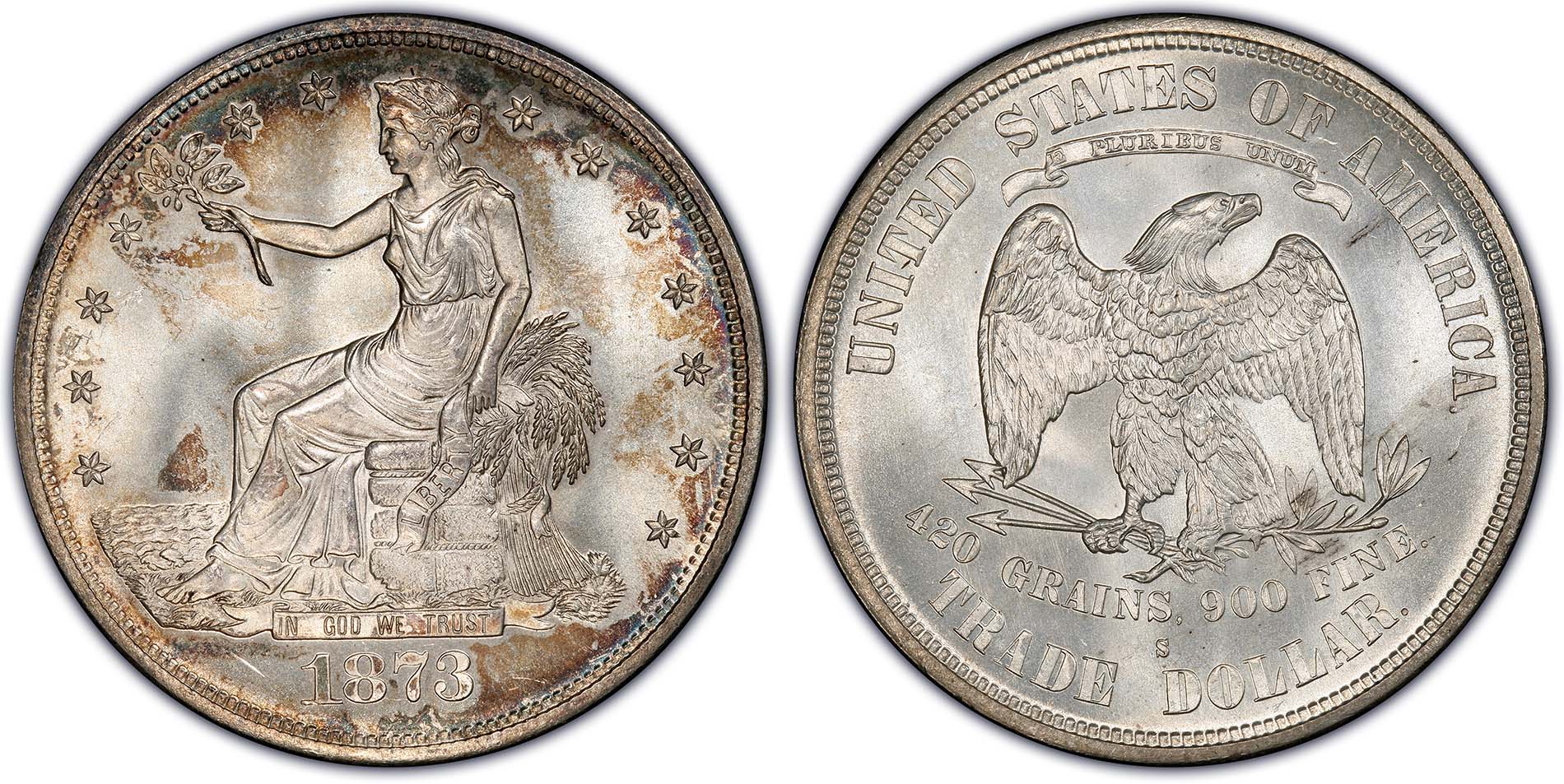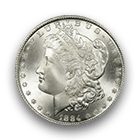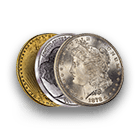I tried to catch many snowflakes as a kid. At those moments, I would sometimes see a glimpse of interesting shapes before they disappeared into my palm as a water droplet. I’m not sure when it was that I actually saw a magnified image of a snowflake, but I remember being intrigued. There was another kid who was more fascinated than I was, and his name was Wilson A. Bentley. Wilson grew up on a farm in the city of Jericho, Vermont, in the United States. He was surrounded by nature, which he embraced fondly. In 1880, at the age of 15, Wilson was given a microscope by his mother. He later attached an accordion-type camera called a bellows to this instrument and began to experiment.
After a few years of refining the process of photographing small objects, Bentley captured an image of a snowflake in 1885. He would use a feather to place his snowflake under a microscope that was to be photographed. “Always, right from the beginning, it was the snowflakes that fascinated me most, ” is part of a quotation from Bentley. He pioneered the art called photomicrography, which is the process of photographing very small objects. This type of photography made its way to numismatists long before the advent of digital photography. Metal flow, altered mintmarks, and other fine details on coinage that could not be seen by the naked eye could now be revealed because of this revolutionary photographic process. Bentley’s passion for his photos earned him the nickname “snowflake,” and he went on to capture over 5,000 images of these tiny ice crystals. He published a book called Snow Crystals in 1931 with a man named A. J. Humphreys. Bentley also donated 500 images from his finest collection of snowflake photographs to the Smithsonian Institution in 1904.
Nowadays, many mints around the world – with the use of innovative technology and stunning creativity – produce beautiful snowflake coins. However, there is one mint that has created more beautiful snowflake coins than any other: the Royal Canadian Mint (RCM). In 2007, two sparkling $20 proof coins that contain about 1.4 oz. of .9999-fine silver were released for collectors. The reverse of this coin was engraved by Konrad Wachelko and is decorated with world-famous Swarovski crystals; these crystal-encrusted coins were a first for the RCM. Each version of this coin is embedded with a clear crystal center.
One version has “Swarovski Iridescent” crystals, and the other coin has “Swarovski Aquamarine” crystals. The obverse displays the effigy of Queen Elizabeth II, and the snowflake series would continue in sequential years with titles such as Sapphire (2008), Aurora Borealis Pink (2009), Tanzanite (2010), and Hyacinth (2011). One of the most interesting designs from the snowflakes series comes from 2012 titled Holiday Snowstorm. This was a year where multiple snowflakes of different sizes were portrayed with Swarovski crystals. All of these coins are part of a set in the PCGS Set Registry titled Canadian Silver Commemorative Twenty Dollars Crystal Snowflake Series, Proof (2007-2013).
Snowflakes predominantly have six sides or a hexagonal geometric pattern. Anomalies do occur in nature with smaller variations, and sometimes two hexagonal shapes could merge to form a 12-sided snowflake.
Is it true that no two snowflakes are alike? Yes, snowflakes are all different due to fluctuating atmospheric conditions such as temperature and humidity. What may float down from the sky one second may vary the next. The largest snowflake that ever fell from the heavens was 15” across! A man named Matt Coleman living at a ranch in Fort Kerguelen, Montana, reported this monster snowflake on January 28, 1887.
A contemporary who passionately photographs snowflakes is a Canadian by the name of Don Komarechka. He has spent thousands of hours capturing snowflakes using digital photography. Komarechka released a book titled Sky Crystals: Unraveling The Mysteries of Snowflakes in 2013. His book displays more than 400 snowflakes, and the photography processing took 2,500 hours over a span of five years to complete.
In an interview from My Modern Met during 2015 he noted, “An average of 40 replicate shots of each individual snowflake were combined in order to get each singular image. This process, known as focus-stacking, was required in order to achieve the super crisp, and highly focused image of each icy particle displayed within the poster.” Komarechka is referring to a limited-edition poster he created titled The Snowflake, which was available from his website filled with amazing images of snowflakes.
Komarechka had approached the RCM several times with the idea of using his digital photographs of snowflakes for coins. At that time, the Mint had already selected several designs, and he had to wait. Komarechka brought some illustrations of his own coin mockups, the RCM loved his ideas, and a deal was struck between them. In 2017, a coin titled “The Great White North” was minted using Komarechka’s snowflake design; it is adorned with enameled light-blue glitter that sparkles.
In 2023, the RCM produced the first hexagonal snowflake coin that is true to its geometric form. This coin is made of .9999-fine silver and depicts an effigy of Queen Elizabeth II designed by Susanna Blunt. The reverse was designed by Komarechka and is decorated with a white crystal in the middle. In 2024, a new six-sided coin was released with the effigy of King Charles III designed by Steven Rosati; the reverse was designed by none other than Komarechka himself.
Over 20 years ago, Dutch scientists concluded that famous violin maker Antonio Stradivari benefitted from long winters during the 17th and 18th centuries. The woods that he selected to craft his classical music instruments were denser due to the longer winter seasons. They made his instruments resonate in a class of their own to this day. Sometime in the mid-1970s, as a child, I watched a television commercial for the K-tel “Sno-bloc Maker” during the wintertime. I pleaded with my dad and, to quiet me down, he finally got me one. This red plastic hollow container had a handle that would allow anyone to easily scoop up fluffy snow and pack it into a rectangular block with the aid of an aluminum hand shovel that was included. That was my Stradivarius in the snow, and off I went to build an igloo. I didn’t succeed and lost the hand shovel within days. But I sure had countless hours of fun in the snow!
Longer winter seasons for Wilson A. Bentley and Don Komarechka would have probably meant only one thing: photographing more snowflakes. Both of these artists' instrument of choice was the camera. Each of them experimented relentlessly until they perfected a method that would fulfill their standards of quality. Maybe discipline simply takes small efforts at a time. Through their superb photography skills, these individuals brought the tiny world of ice crystals for all to see. Snowflakes would be viewed in a different manner centuries apart because of these two artists. Bentley’s work also influenced how coins would be photographed by numismatists, and Komarechka continues to be employed by the Royal Canadian Mint.
Aristotle once said, “Art not only imitates nature, but it also completes its deficiencies.” We know that it can’t possibly “snow” coins, but coins can be minted to look like snowflakes. Maybe this winter, you’ll capture one of these sparkling beauties.










 Copper & Nickel
Copper & Nickel
 Silver Coins
Silver Coins
 Gold Coins
Gold Coins
 Commemoratives
Commemoratives
 Others
Others
 Bullion
Bullion
 World
World
 Coin Market
Coin Market
 Auctions
Auctions
 Coin Collecting
Coin Collecting
 PCGS News
PCGS News